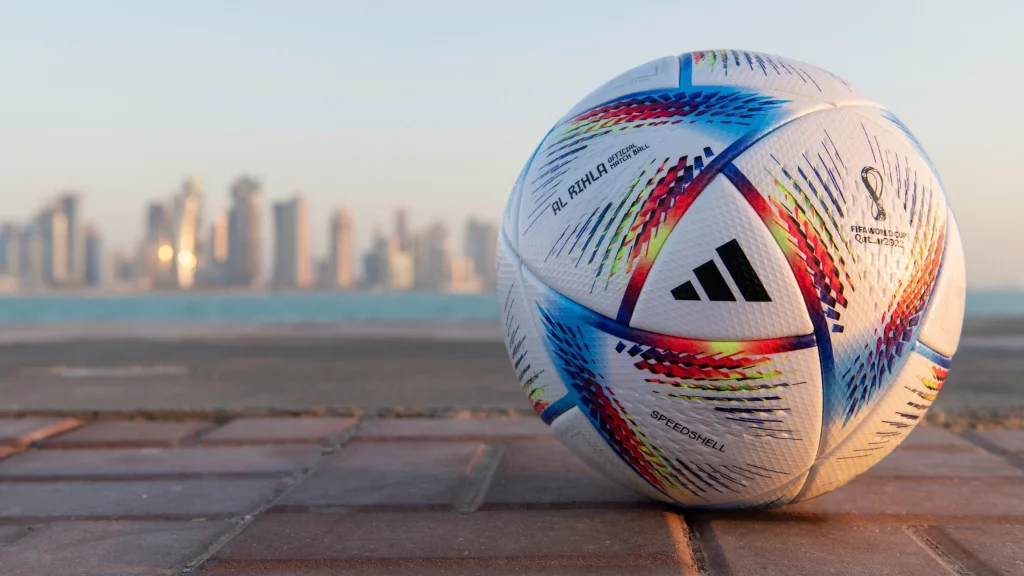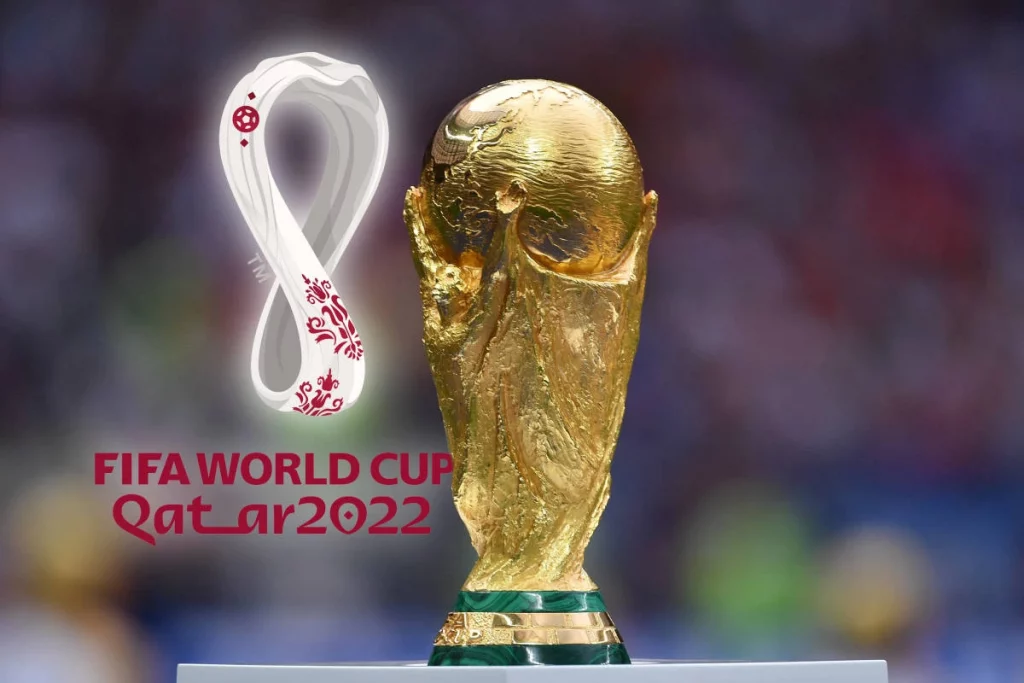Fifa has revealed that semi-automated offside technology will be used in the World Cup in Qatar this winter.
Qatar 2022 will be the first FIFA men’s World Cup to use semi-automated offside technology in an effort to improve the speed and accuracy of decisions.

Semi-automated offside technology will be used during the World Cup in Qatar, and spectators will view the final decision image.
Subscribe to our YouTube channel and catch your favorite Switch TV shows
Officials anticipate a reduction in decision-making time of up to 70%, although the referee and his assistants will still make the final determination.
According to Fifa, the technology will reduce the average amount of time needed to make an offside judgement from 70 seconds to 20 to 25 seconds.
Most likely at the next play break following the event, Fifa plans to present stadium fans and viewers at home a 3D illustration of the decision when it has been decided.
The new system should have a similar tolerance for error to goal-line technology, according to Pierluigi Collina, chairman of the world governing body’s referees’ committee.
According to him, GLT is now accurate “to a few millimeters,” up from its initial accuracy of three centimeters.
He was careful to limit expectations regarding the pace of the new system, but he was also adamant that the on-field referee and the video assistant were essential in certifying decisions.
“I’ve heard a lot about ‘robot referees’. I understand sometimes this is very good for headlines, but this is not the case,” the Italian said.
“The technology only provides a response when a player is in an offside position, so the match officials are still involved in the decision-making process.
“We will be faster; we will be more accurate – these are the objectives of the semi-automated offside technology.”
Semi-automated offside technology was first presented to Fifa in 2019, and it was tested at the Club World Cup in the United Arab Emirates earlier this year as well as the Arab Cup in Qatar in 2018.
The Etihad Stadium of Manchester City also saw some testing.
A 3D animation shown on large displays inside stadiums and to television viewers at home will increase communication with spectators and explain how the offside decision was made.
The system is based on 12 cameras that are completely synced and put underneath the roof of each stadium. 50 times every second, optical tracking data examines 29 data points on each participant, covering their limbs and extremities as well as the location of the ball.
A sensor within the World Cup ball sends information to the video operations room 500 times per second.
Using artificial intelligence, this technology combines to track each player’s limbs as well as the precise “kick point” in real time.
An alert is sent to the offside video operator when the system detects an offside, and the lead VAR then manually confirms the kick location and the offside line. The VAR then informs the on-field referee of what they have observed.
The referee can still utilize the monitors at the side of the field to check for things like play-interfering incidents or other violations that could make an offside call incorrect or irrelevant.

Adidas has presented the official ball for the Qatar 2022 FIFA World Cup, Al Rihla, which means “the trip” in Arabic.
“The ball is only the start. Your football career still has more to be written, “Al Rihla’s caption appears on adidas.com, where it is available for purchase for $165.
Qatar 2022 will be the 14th consecutive World Cup for which Adidas has produced the official ball.
According to FIFA.com, this ball “travels faster in flight than any other in the tournament’s history”.
Meanwhile, its design is said to be “inspired by the culture, architecture, iconicwboats and flag of Qatar.
A second essential component for the detection of narrow offside events is the inclusion of an inertial measuring unit (IMU) sensor within the Adidas Al Rihla official World Cup match ball.
The kick point may be identified with extreme precision thanks to this sensor, which is located in the center of the ball and feeds ball data to the video operation room 500 times per second.
The innovative technology automatically alerts the video match officials inside the video operation room if the ball is received by an attacker who was in an offside position when the ball was played by a teammate by merging limb-tracking and ball-tracking data and applying artificial intelligence.
The video match officials personally verify the automatically generated kick point and the automatically generated offside line, which is based on the computed positions of the players’ limbs, before advising the on-field referee of the proposed decision.
“The testing has been a major success and we are very confident that, in Qatar, we will have a very valuable support tool to help referees and assistant referees make the best and most correct decision on the field of play. I know that someone called it ‘robot offside’; it’s not. The referees and the assistant referees are still responsible for the decision on the field of play,” Chair of FIFA referees’ committee Pierluigi Collina.
The 2022 World Cup will take place in Qatar, making it the first World Cup to ever be hosted in an Arabic country. To offset the heat of Qatar, the tournament will be held from November to December instead of in the summer, as is tradition.
















